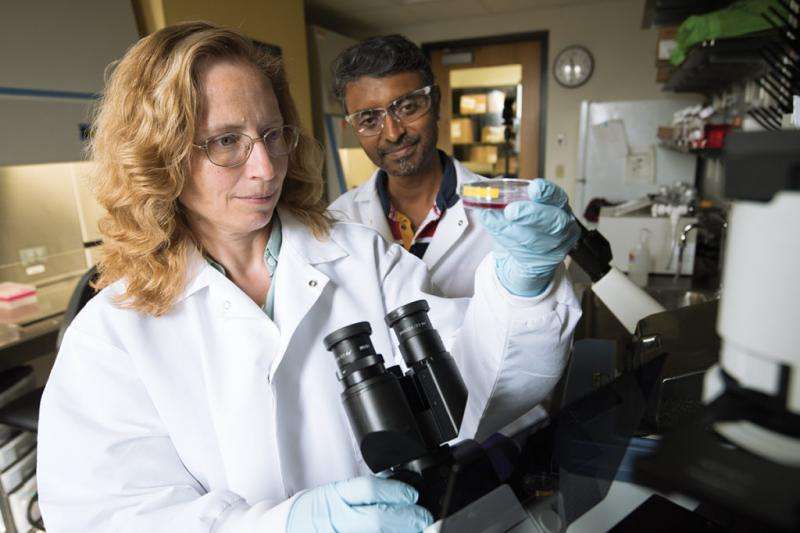Like many patients visiting a doctor’s office, Kim Sebenoler started out her appointment by heading to the nearest restroom to give a urine sample. But her visit to the lab of John Constantino, MD, director of the William Greenleaf Eliot Division of Child Psychiatry, was not a typical exam. The goal was not to measure proteins in her urine or check her overall wellness.
A multifaceted approach aims to detect, treat and even reverse the disorder

View Content